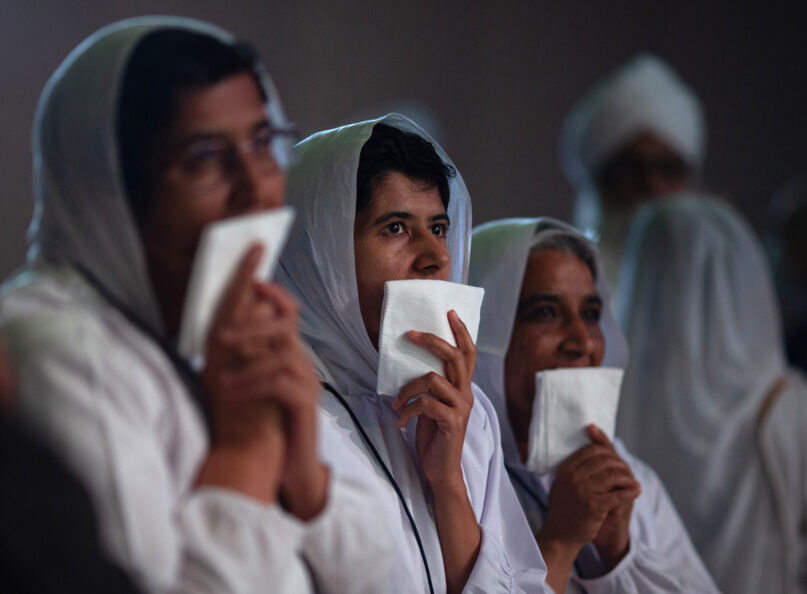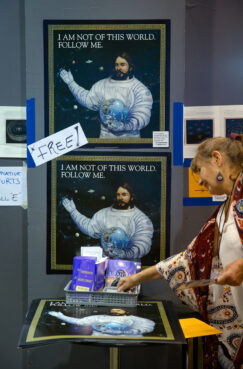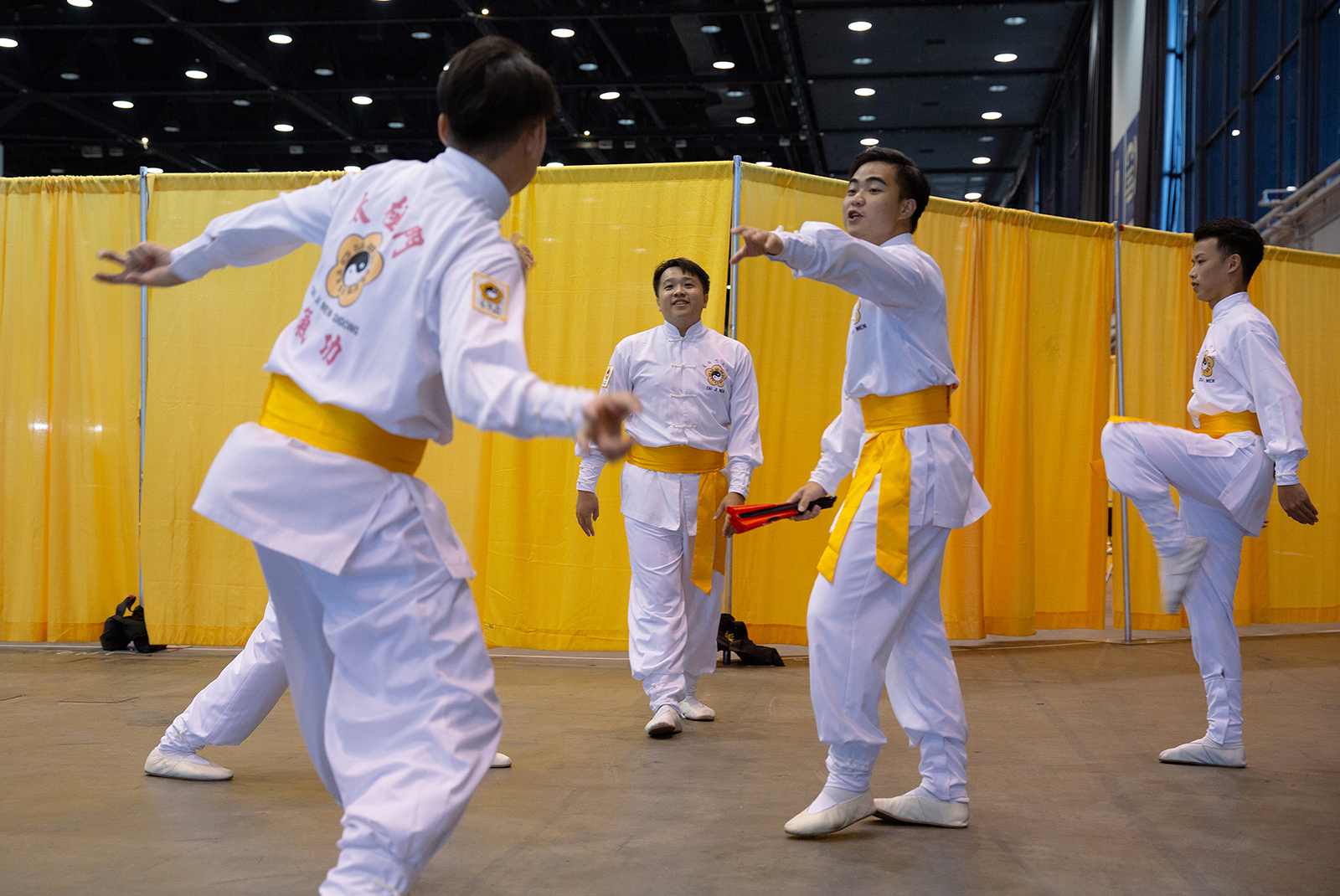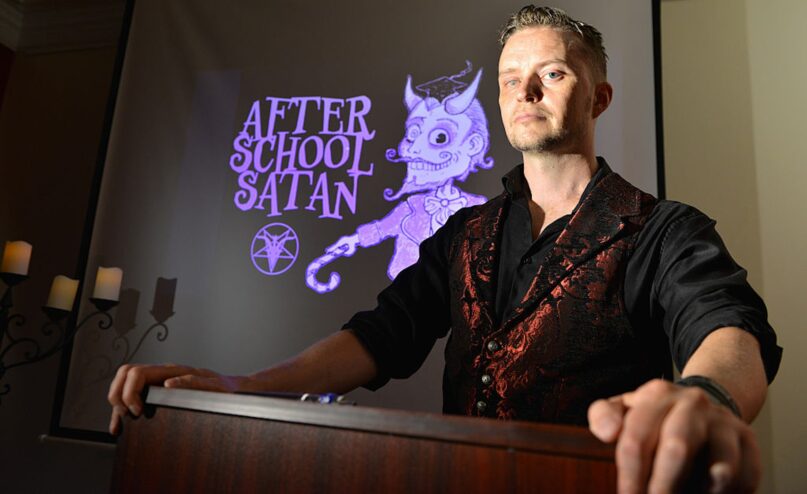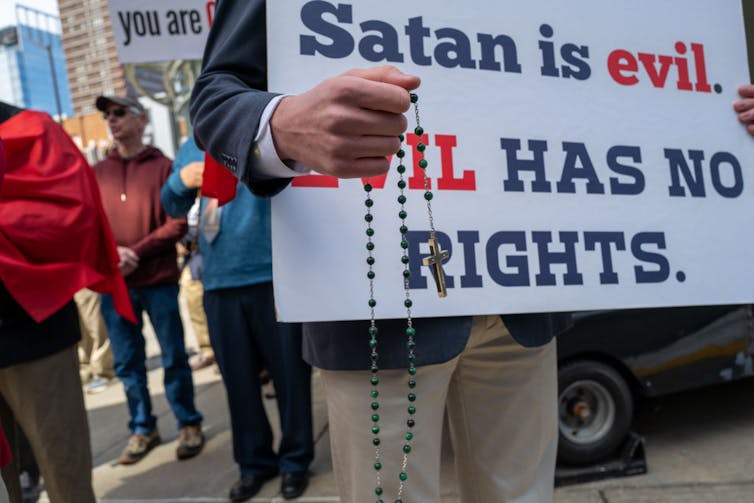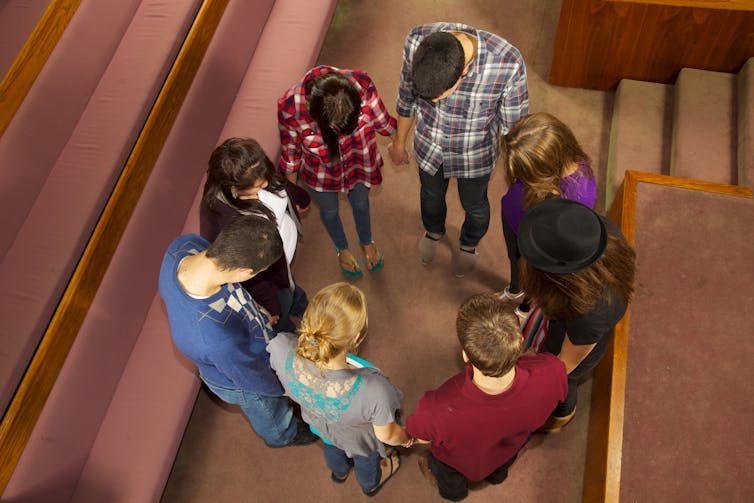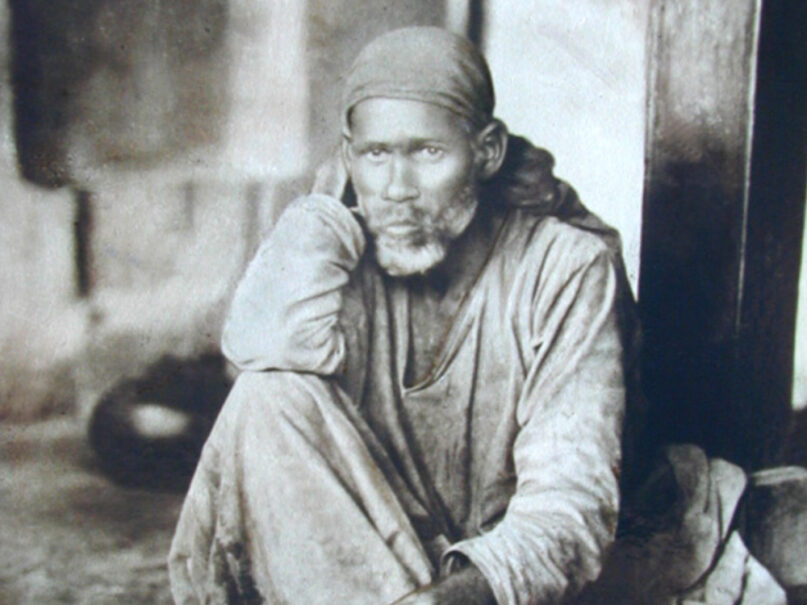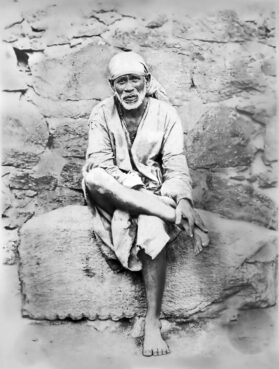Robbie Robertson, the Band, and a song of exile
I already miss Robbie Robertson of the Band. Ah, but there is one song....
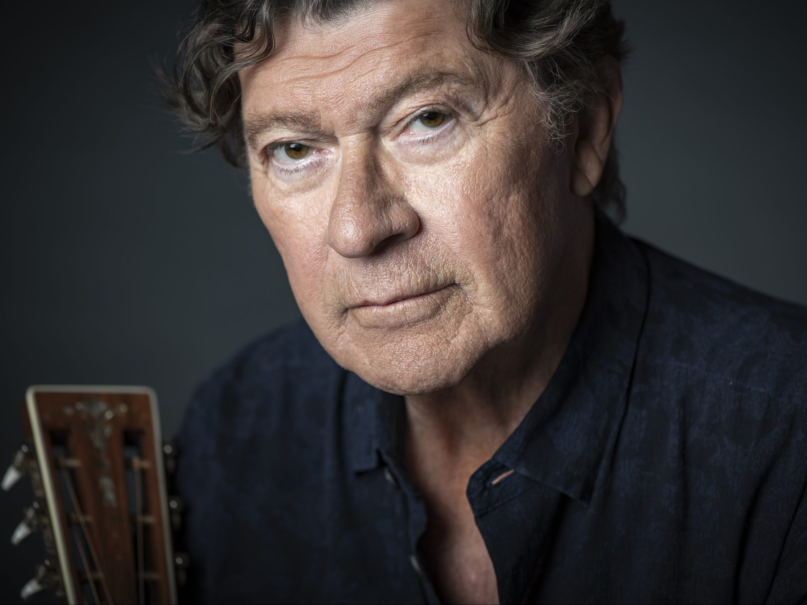
My son and I have much in common, besides our facial features. One of those things is a love of rock music, and most particularly, a love of the Band, the classic 60s-70s mostly Canadian rock group.
Therefore, you can understand the poignant father/son moment that we shared when he texted me and told me that Robbie Robertson, the leader of the group, had died at the age of eighty years old.
Robbie Robertson was one of my musical heroes. He was a statesman of rock music, both as a member of the Band, and as a solo artist. He was eclectic and prolific. He composed and produced the soundtracks for such films as “Raging Bull,” “The King of Comedy,” “Casino,” and “The Departed,” among others. As a performer, he dripped with charisma, in ways that some have compared to Mick Jagger. Just watch “The Last Waltz” again, and you will see it.
How does Robbie Robertson make his way, posthumously, into this column?
First, because of his family story. His mother was Cayuga and Mohawk, raised on the Six Nations Reserve southwest of Toronto. His father was of Russian Jewish background, a gambler, killed in a hit and run accident. Robbie never met him, and only learned about him years later.
Was Robbie Robertson Jewish, or Jew-ish? His spirituality was rooted in the First Nation experience, and he loved that music and celebrated it. But, as you will see, there was something very Jewish inside him as well.
Take a tour with me through my Band collection (the Robertson solo material is also wonderful).
“The Weight” (love this version): This was their first hit, off the “Music From Big Pink” album (1968). I loved the album so much that I actually persuaded my parents to take a detour on a Catskills outing to find the Big Pink house.
“I pulled into Nazareth..” It begins with a biblical vision, and yes, Fannie has to deal with some kind of weight, and there are all sorts of murky and sketchy characters in the song. But, it turns out that the biblical Nazareth was actually Nazareth, Pennsylvania, the headquarters of Martin Guitars.
Greil Marcus, in “Mystery Train: Images of America in Rock ‘n’ Roll Music,” took rock criticism to a whole new level — a level that few have attempted since he wrote that seminal book about the meaning of rock music in American life.
This is what he says about “The Weight:”
You don’t need to analyze the lyrics of “The Weight” to understand the burden Miss Fanny has dropped on the man who sings the song…We never find out who Miss Fanny is, let alone what the singer is supposed to do for her; but the music, not to mention the singing, is so full of emotion and complexity it makes “the weight”—some combination of love, debt, fear, and guilt—a perfect image of anyone’s entanglement.
As Gary A. Anderson writes in “Sin: A History,” in the Hebrew Bible, sin is sometimes imagined as a weight that must be borne; in fact, it is the Bible’s dominant metaphor for sin.
What is most striking is the frequency of the idiom “to bear [the weight of] a sin” within the Hebrew Bible; it predominates over its nearest competitor by more than six to one. For Hebrew speakers in the First Temple period, therefore, the most common means of talking about human sin was to compare it to weight.
“The Night They Drove Old Dixie Down.” From “The Band” (1969). The story of Virgil Kane, who mourns the South’s defeat.
This song and I have a painful, complex history. My late father hated it: “What the hell are we doing, mourning the defeat of the South in the Civil War? They were traitors!” “Virgil, quick come see — there goes Robert E. Lee…” Robert E. Lee and his soldiers fought for an evil cause — the maintenance of slavery as a social and economic system.
Still, I set aside my discomfort with the song, because it’s just that good, and because I believe Greil Marcus when he writes:
“The Night They Drove Old Dixie Down,” written for [the late] Levon [Helm], who sings it—is not so much a song about the Civil War as it is about the way each American carries a version of that event within himself…It is hard for me to comprehend how any Northerner, raised on a very different war than Virgil Kane’s, could listen to this song without finding himself changed.
“King Harvest (Has Surely Come).” From “The Band” (1969). Here we have one of the finest rock songs of the 1960s, IMHO. It is the narrative of a man who “works for the union, because she’s so good to me.” It is the song of the working class man in rural America, waiting for autumn to come across the fields as King Harvest, almost like an agricultural messianic figure.
Again, Greil Marcus:
In “King Harvest,” probably Robbie’s greatest song, we meet a man who might be Virgil Kane’s grandson—or our contemporary, you can’t tell. He works that same farm, but it fails and sends him into the bitter mills of the New South; when times are slow the mills shut down, and he runs into the arms of a union, hoping for one last chance. Yet wherever he is driven, he carries his roots with him like a conscience. He cannot escape the feel of the land any more than we can escape its myth.
I cannot listen to this song without crying.
“The Rumor” from “Stage Fright” (1970). I always thought that this song might have been about the Salem witchcraft trials, or about McCarthyism.
Now when the rumor comes to your town
It grows and grows, where it started, no one knows.
Some of your neighbors will invite it right in.
Maybe it’s a lie, even if it’s a sin.
They’ll repeat the rumor again…
My favorite line, which I have adopted as a semi-mantra: “You can forgive, and you can regret, but can never, ever forget.”
But, for me, Robertson’s most powerful song is “Acadian Driftwood” from “Northern Lights-Southern Cross” (1975). It was influenced by Longfellow’s poem “Evangeline,” the story of the expulsion of the Acadians from Nova Scotia during the wars between the British and the French, and their long trek to Louisiana, where Cajun culture was born. Check out this video that combines the song with that history.
Why does this song move me so much?
It is not only one of Robertson’s finest compositions, both lyrically and musically. It is a song of exile, of what Jews call galut — of a displacement that is not only geographic, but a destruction of a world of meaning.
“How can we sing the LORD’s song in a strange land?” the Psalmist lamented. That singing of songs in strange lands is a human experience that many groups have shared, and it behooves us as Jews to hear all their stories (yes, even and especially that of the Palestinians).
Who better than Robbie Robertson, the product of two displaced peoples, to write such a song? Who better than a son of the First Nations and a Russian Jew?
This evening, I am loading up my Band playlists, and listening to them, and smiling, and crying.
May the blessing of Jaime Robert Robertson be an eternal blessing.
Quoting one of the Band’s song: “When you awake, you will remember everything.”
I sure will. I always will.
